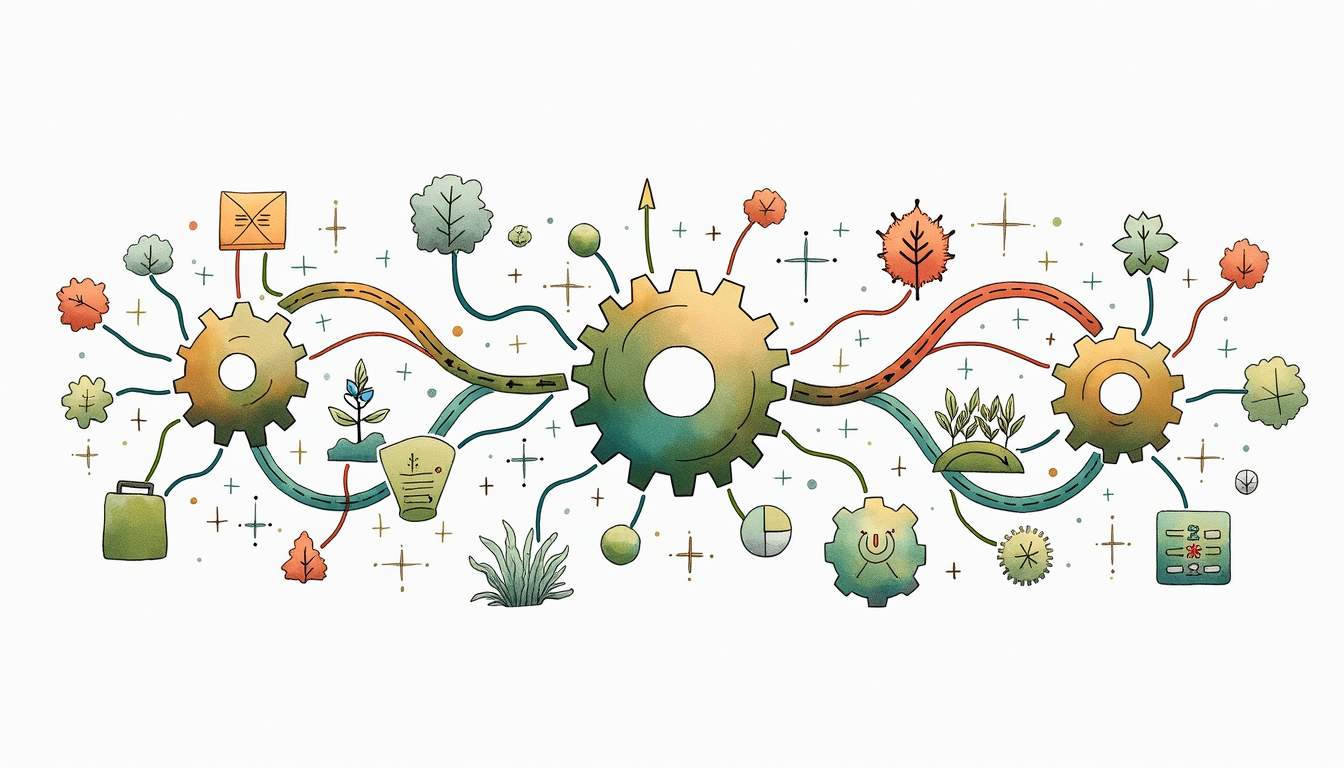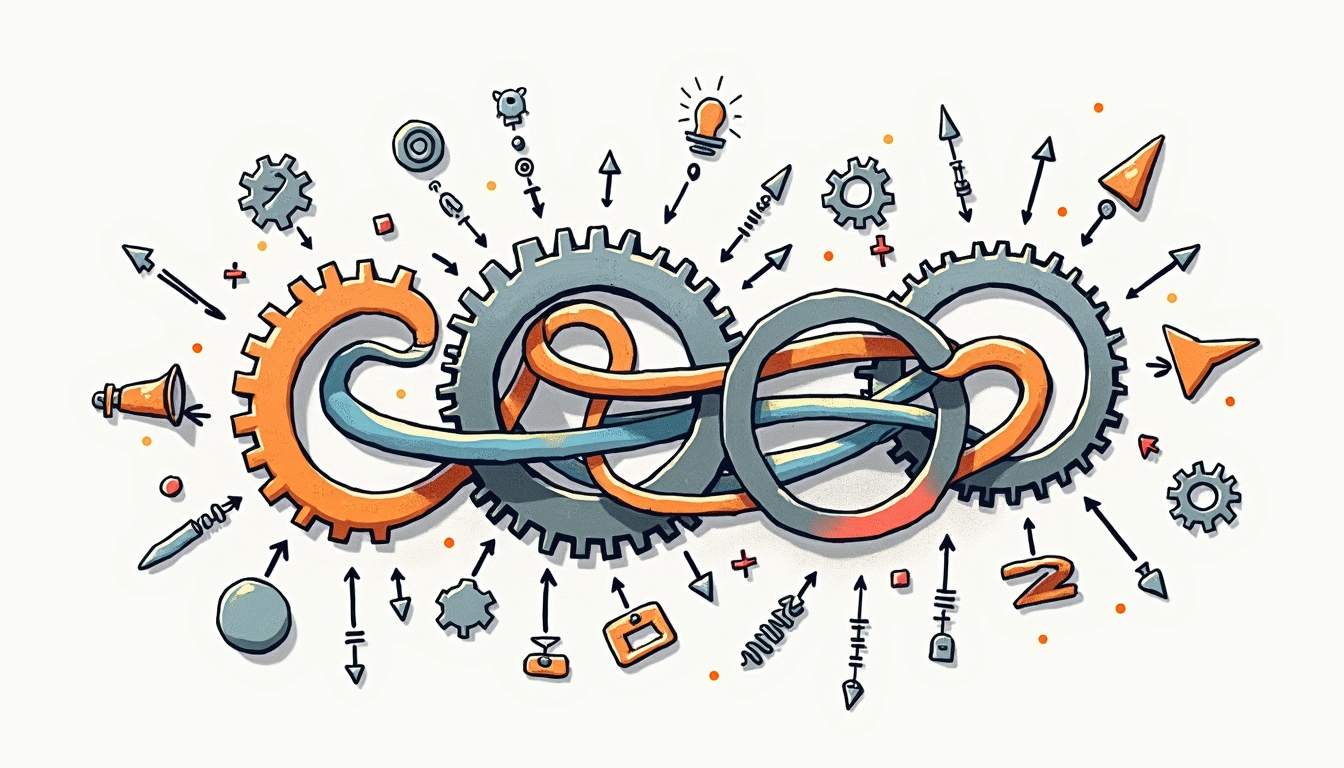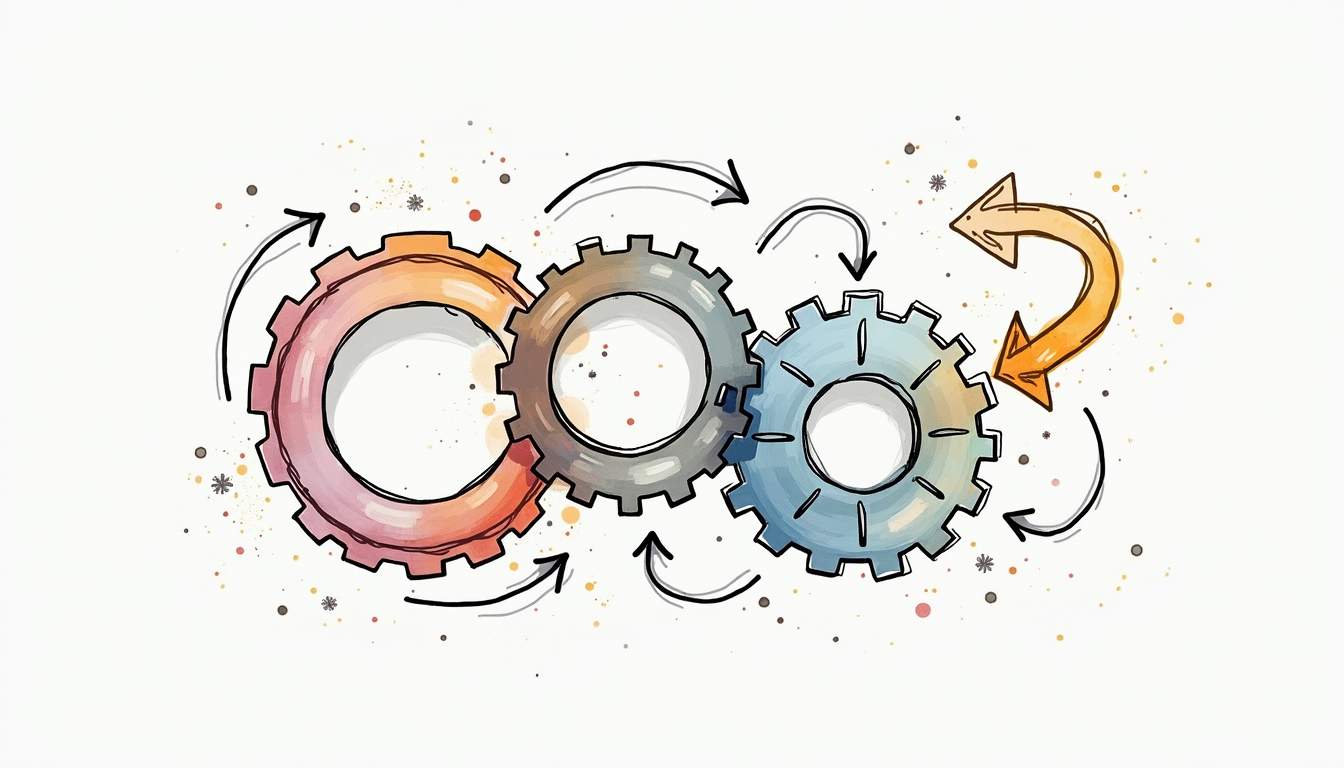The Cyber-Physical Systems (CPS) framework has emerged as a critical paradigm in the design and implementation of modern systems that integrate computation, networking, and physical processes. The application of this framework can significantly enhance the efficiency, reliability, and safety of various systems across different industries. This article delves into the CPS framework, providing insights through a sample use case analysis that highlights its practical implications and benefits.
Understanding the CPS Framework
At its core, the CPS framework represents a convergence of physical and computational elements. This integration allows for the seamless interaction between the physical world and digital systems, enabling real-time data processing and decision-making. The CPS framework is characterized by several key components, including sensors, actuators, communication networks, and control algorithms.
Key Components of CPS
To grasp the full potential of the CPS framework, it’s essential to understand its fundamental components:
- Sensors: These devices collect data from the physical environment, providing critical information for analysis and decision-making.
- Actuators: Actuators are responsible for executing control commands, enabling physical changes in response to computational decisions.
- Communication Networks: These networks facilitate the exchange of data between sensors, actuators, and computational units, ensuring timely and efficient information flow.
- Control Algorithms: These algorithms process the data collected from sensors and determine the appropriate actions to be taken by actuators.
Applications of CPS
The applications of the CPS framework are vast and varied. Industries such as manufacturing, healthcare, transportation, and smart cities are increasingly leveraging CPS to optimize operations and improve outcomes. For instance, in manufacturing, CPS can enhance automation and predictive maintenance, while in healthcare, it can enable remote monitoring and personalized treatment plans. In the realm of transportation, CPS can be employed to develop intelligent traffic management systems that adapt to real-time conditions, reducing congestion and improving safety. Furthermore, smart cities utilize CPS to manage resources efficiently, integrating everything from energy consumption to waste management, thus promoting sustainability and enhancing the quality of urban life.
Moreover, the integration of CPS into everyday life is paving the way for innovations such as autonomous vehicles and smart home systems. These applications not only showcase the versatility of the CPS framework but also highlight its potential to revolutionize how we interact with technology. By creating a more interconnected environment, CPS can lead to increased efficiency and convenience, ultimately transforming our daily routines. As research and development in this field continue to advance, we can expect even more groundbreaking applications that will further bridge the gap between the physical and digital realms.
Sample Use Case: Smart Agriculture
To illustrate the practical application of the CPS framework, consider the use case of smart agriculture. This sector has been significantly transformed by the integration of technology, leading to more efficient and sustainable farming practices.

Overview of Smart Agriculture
Smart agriculture employs various technologies, including IoT devices, data analytics, and automation, to enhance agricultural productivity. By utilizing the CPS framework, farmers can monitor and manage their crops more effectively, leading to improved yields and resource management.
Implementation of CPS in Smart Agriculture
In a typical smart agriculture setup, sensors are deployed throughout the fields to monitor soil moisture, temperature, and nutrient levels. This data is transmitted in real-time to a central processing unit, where advanced algorithms analyze the information and provide actionable insights. For example, if soil moisture levels drop below a certain threshold, the system can automatically activate irrigation systems to ensure optimal crop health.
Moreover, the integration of drones equipped with cameras and sensors allows for aerial monitoring of crop health. These drones can collect visual data and relay it back to the central system, enabling farmers to identify issues such as pest infestations or nutrient deficiencies early on.
Additionally, the use of predictive analytics plays a crucial role in smart agriculture. By analyzing historical data alongside real-time inputs, farmers can forecast weather patterns and adjust their planting schedules accordingly. This not only maximizes crop yield but also minimizes waste by ensuring that resources are utilized efficiently. For instance, if a drought is predicted, farmers can preemptively adjust their irrigation strategies to conserve water while still meeting the needs of their crops.
Furthermore, the concept of precision agriculture is gaining traction within this framework. This approach involves applying inputs, such as fertilizers and pesticides, in a targeted manner rather than uniformly across the entire field. By leveraging data from soil sensors and satellite imagery, farmers can determine the specific needs of different areas within their fields. This tailored application reduces chemical runoff, lowers costs, and promotes environmental sustainability, ultimately contributing to a healthier ecosystem.
Benefits of Applying the CPS Framework in Smart Agriculture
The application of the CPS framework in smart agriculture yields numerous benefits that contribute to the overall efficiency and sustainability of farming practices.
Increased Efficiency
One of the most significant advantages of implementing CPS in agriculture is the increased efficiency in resource utilization. By leveraging real-time data, farmers can make informed decisions about when and how much to irrigate, fertilize, or apply pesticides. This targeted approach minimizes waste and maximizes crop yield. For example, soil moisture sensors can provide immediate feedback on soil conditions, allowing farmers to adjust irrigation schedules dynamically, which not only conserves water but also enhances plant health by preventing overwatering.
Enhanced Decision-Making
The CPS framework empowers farmers with data-driven insights, enabling them to make better decisions. For instance, predictive analytics can provide forecasts on weather patterns, helping farmers plan their planting and harvesting schedules more effectively. This proactive approach reduces the risk of crop loss due to unforeseen weather events. Additionally, integrating market data into decision-making processes allows farmers to choose the most profitable crops to plant based on current demand and price trends, further optimizing their economic outcomes.
Sustainability and Environmental Impact
By optimizing resource usage, smart agriculture practices contribute to environmental sustainability. The CPS framework allows for precision agriculture techniques that minimize chemical runoff and conserve water, ultimately leading to a reduced ecological footprint. This alignment with sustainable practices is increasingly important in today’s environmentally conscious society. Moreover, the use of drones and satellite imagery enables farmers to monitor crop health and soil conditions from above, allowing for more precise interventions that can reduce the need for harmful chemicals and promote biodiversity in farming ecosystems. As a result, the adoption of the CPS framework not only helps farmers achieve higher productivity but also supports the long-term health of the planet.
Challenges in Implementing the CPS Framework
While the benefits of the CPS framework in smart agriculture are evident, several challenges must be addressed to ensure successful implementation.

Data Security and Privacy
As with any system that relies on data collection and transmission, concerns regarding data security and privacy are paramount. Farmers must ensure that sensitive information about their operations is protected from cyber threats. Implementing robust cybersecurity measures is essential to safeguard data integrity and maintain trust in the system. This includes employing encryption techniques, regular security audits, and employee training on best practices for data handling. Furthermore, as data sharing becomes more prevalent among agricultural stakeholders, establishing clear protocols for data ownership and usage rights is critical to prevent misuse and ensure compliance with regulations.
Integration with Existing Systems
Many farms already utilize various technologies and systems. Integrating new CPS solutions with existing infrastructure can pose challenges. It requires careful planning and consideration to ensure compatibility and seamless operation. Additionally, training staff to effectively use new technologies is crucial for successful adoption. This may involve not only technical training but also fostering a culture of innovation and adaptability among farm workers. Engaging with technology providers who understand the unique needs of the agricultural sector can facilitate smoother transitions and help farmers leverage their current systems while incorporating new advancements.
Cost Considerations
The initial investment required for implementing CPS solutions can be a barrier for some farmers, particularly small-scale operations. While the long-term benefits often outweigh the costs, financial constraints can hinder adoption. Exploring funding opportunities and government incentives can help alleviate some of these financial challenges. Additionally, farmers may consider forming cooperatives to share resources and costs associated with CPS technologies. By pooling their financial and operational resources, smaller farms can access advanced technologies that would otherwise be out of reach, thus enhancing their competitiveness in the market. Moreover, as technology continues to evolve, the emergence of more affordable solutions and scalable options may further democratize access to smart agriculture tools.
Future Trends in CPS and Smart Agriculture
The future of CPS in smart agriculture is promising, with several emerging trends poised to shape the landscape of farming.
Artificial Intelligence and Machine Learning
As technology continues to advance, the integration of artificial intelligence (AI) and machine learning (ML) into CPS will enhance decision-making capabilities. These technologies can analyze vast amounts of data to identify patterns and predict outcomes, further optimizing agricultural practices.
Blockchain for Traceability
Blockchain technology is gaining traction in agriculture for its ability to provide transparency and traceability in the supply chain. By integrating blockchain with CPS, farmers can ensure the authenticity of their products and build trust with consumers. This traceability can also enhance food safety by enabling quick responses to contamination issues.
Expansion of IoT Devices
The proliferation of IoT devices will continue to play a significant role in the evolution of smart agriculture. As sensors become more affordable and accessible, more farmers will adopt these technologies to monitor their operations. This expansion will lead to an even greater volume of data, further enhancing the capabilities of the CPS framework.
Conclusion
The application of the CPS framework in smart agriculture exemplifies the transformative potential of integrating physical and computational systems. By leveraging real-time data and advanced technologies, farmers can enhance efficiency, improve decision-making, and promote sustainability. While challenges exist, the benefits of adopting CPS solutions are substantial, paving the way for a more innovative and resilient agricultural sector.

As the landscape of agriculture continues to evolve, embracing the CPS framework will be crucial for farmers seeking to thrive in an increasingly competitive and resource-constrained environment. The future of smart agriculture is bright, and with continued advancements in technology, the possibilities are endless.
Take the Next Step with Cybersort
Ready to unlock the full potential of the CPS framework in your agricultural operations? Cybersort is here to streamline your digital transformation journey. With our expertise in documenting and structuring the software, assets, and data connections essential to your plant, we empower you to enhance efficiency, bolster cybersecurity, and ensure safer operations. Don’t miss the opportunity to reshape your agricultural practices for the better. Book a discovery call with us today and take the first step towards a more innovative and resilient future in smart agriculture.


